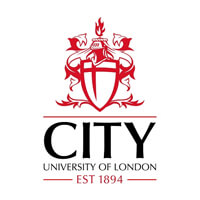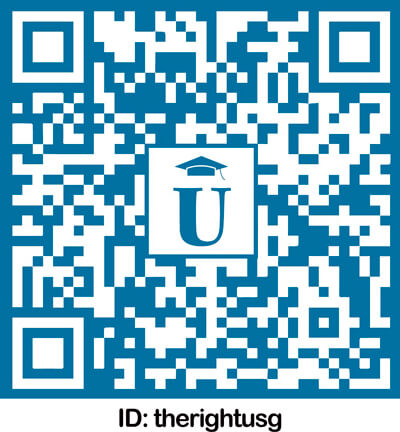fees waived
Aerospace Engineering, MEng (Hons)
City, University of London, United Kingdom
Subject ranking
UK / Guardian 2025 7th
UK / CUG 2024 18th
UK / Guardian 2025 38th
Costs
food & rentS$25.1K / year
Entry requirements
Scholarships
Limited quantity
Information
Code
Intakes
Website (External)
Programmes
Information
Duration
2029
This four-year aerospace engineering degree develops expertise in the design, construction, analysis, and testing of aerospace systems, preparing graduates for roles in air transport, defence, and space—the UK's rapidly expanding sectors. Students gain high-level knowledge of aerospace vehicles and systems, focusing on innovative, sustainable solutions through challenging design projects and professional skill development. The programme emphasises industry links, state-of-the-art facilities like wind tunnels, and collaboration with global experts, fostering multidisciplinary skills for careers in sustainable aviation, communications, and space exploration.The curriculum builds a strong foundation in key areas such as mechanics, fluid dynamics, propulsion, and materials, with modules progressing from introductory engineering principles in Year 1 to advanced topics like computational fluid dynamics and aerospace propulsion in Years 3 and 4. Assessment combines coursework, examinations, laboratory work, and projects, with grades weighted towards later years. Graduates are highly sought by leading organisations like BAE Systems and Airbus, and the degree is expected to achieve accreditation from the Royal Aeronautical Society for Chartered Engineer status.
Students develop a strong technical background in the key subjects of Aerospace Engineering such as air/space-ship structure, design, propulsion, control and manufacturing. Management studies and sustainable life-cycle engineering skills are also integral parts of the course. Year 1 Our shared engineering first year allows you to build a foundation in mathematics, engineering, physics, and computing. -The Engineering in Society - Social responsibility (15 credits) -Engineering Design 1 (15 credits) -Introduction to Mechanics of materials and manufacturing (15 credits) -Electronics - including circuits, digital and analog electronics (15 credits) -Introduction to programming (15 credits) -Engineering Science (15 credits) -Mathematics 1 (15 credits) -Introduction to Thermodynamics and Fluid Mechanics (15 credits) Year 2 Study composite material design, fundamentals of structural stability and air flow behaviour, data processing and analysis. Understand how aeronautics and aerospace engineering fits in the circular economy. -The Engineer in Society: Sustainability and Circular Economy (15 credits) -Mathematics 2 (15 credits) -Engineering Design 2 (15 credits) -Fluid Mechanics (15 credits) -Structures and Materials (15 credits) -Thermodynamics (15 credits) -Mechatronics and Systems (15 credits) -Data Analysis for Engineers (15 credits) Year 3 Take applied modules in analysis and design of typical aircraft, sustainable manufacturing and achieving zero-emission flight of the future. Learn about wind tunnel flows and complete an aerospace engineering project. -Individual project (30 credits) -Aerospace Engineering in the society (15 credits) -Composite Analysis and Manufacturing (15 credits) -Aerospace Propulsion (15 credits) -Gas Dynamics (15 credits) -Flight Mechanics (15 credits) -Telecommunication Systems (15 credits) Year 4 Transition to professional practice with an integrated design project, supported by industry partners and complemented with advanced modules. -Design project group (30 credits) -Aerospace Engineering practice in society (15 credits) -Computational Fluid Dynamics (15 credits) -Structural Dynamics and Aeroelasticity (15 credits) -Advanced Aerodynamics (15 credits) -Electric and Hybrid Vehicles (15 credits) -Robotics Imaging and Vision (15 credits) -Unmanned Aerial (15 credits) -Composite Assembly and Joining (15 credits) -Airworthiness and Maintenance (15 credits) -Entrepreneurship (15 credits) -Gas Turbine Engineering (15 credits) -Machine Learning (15 credits) -Digital Communication Systems (15 credits)

